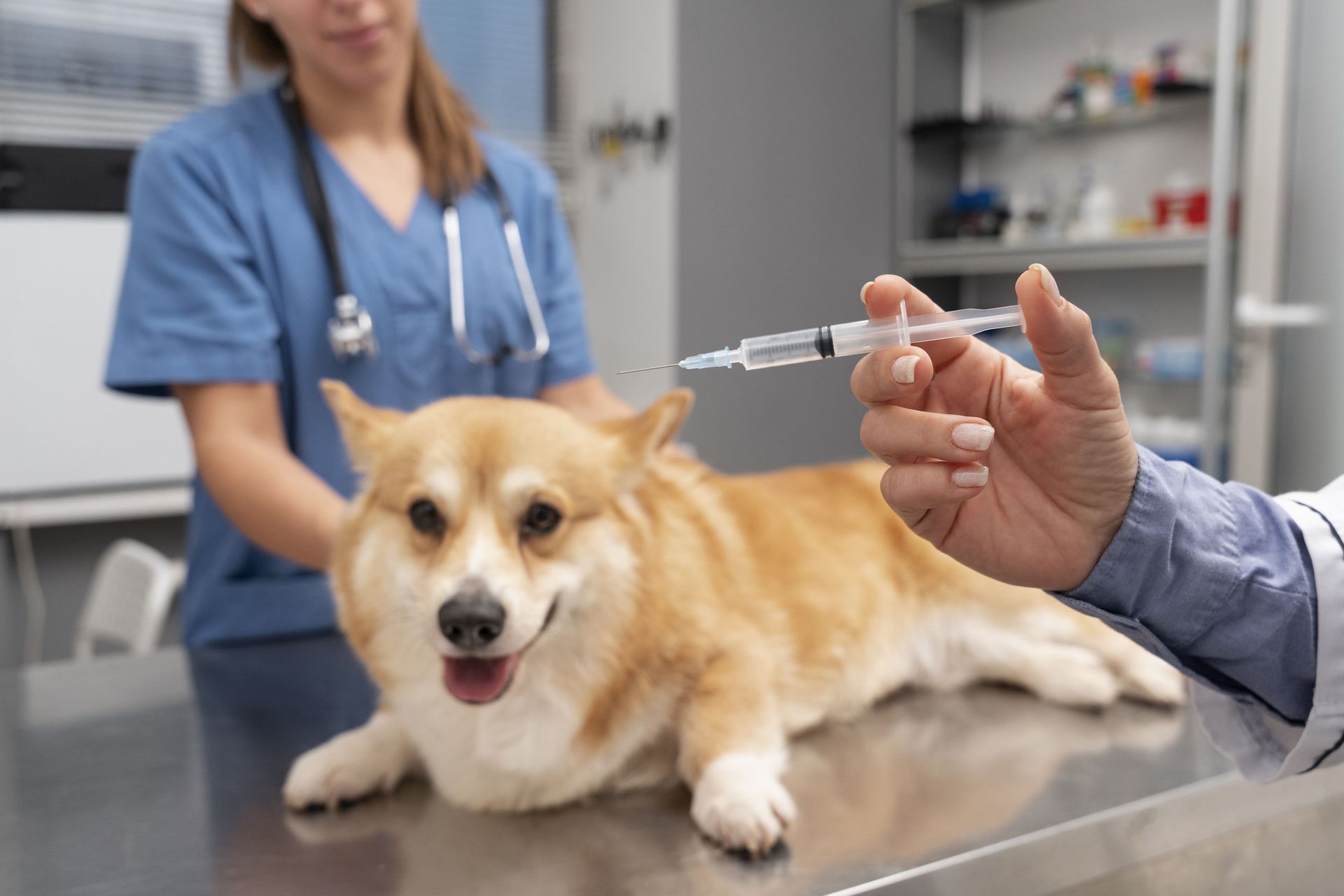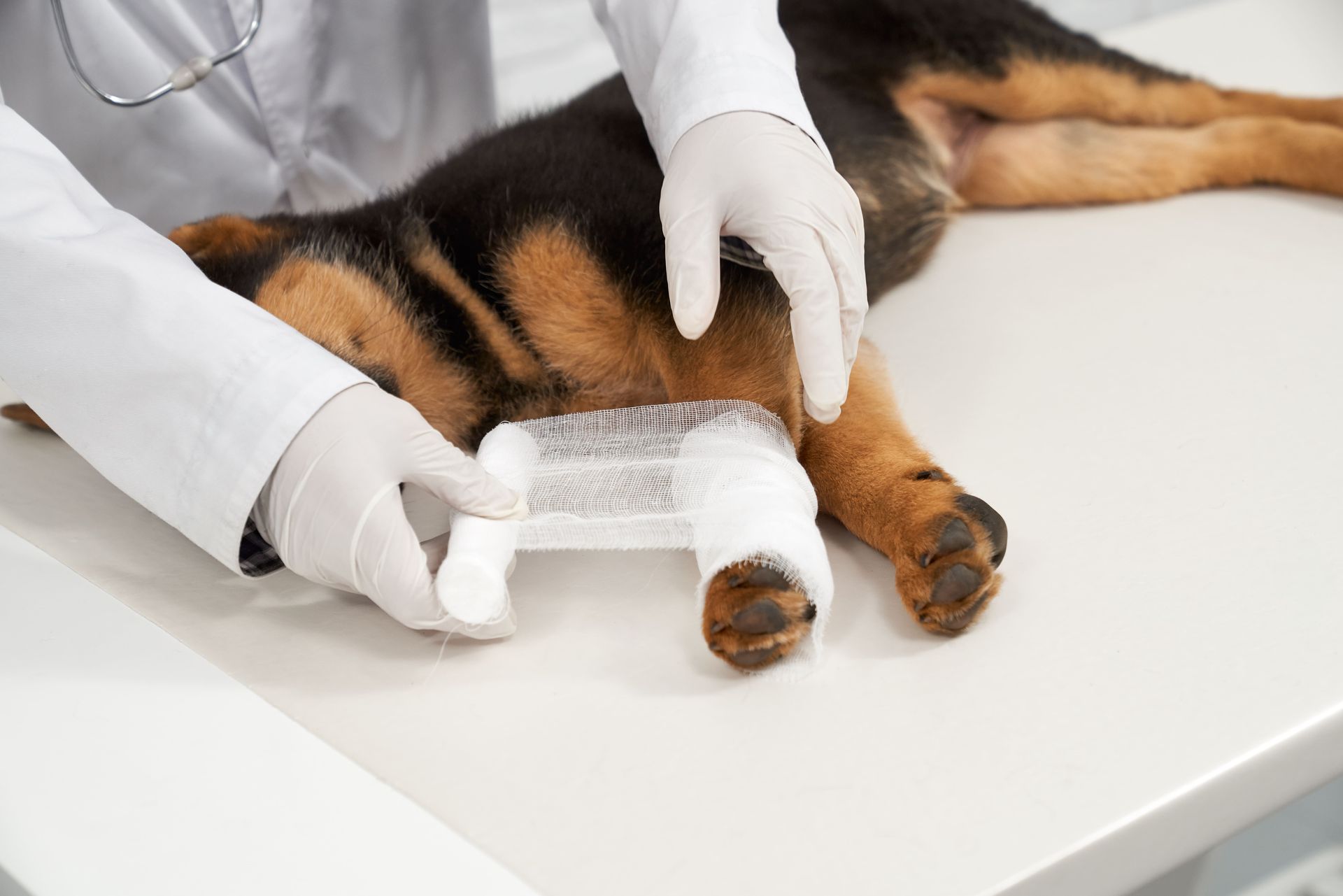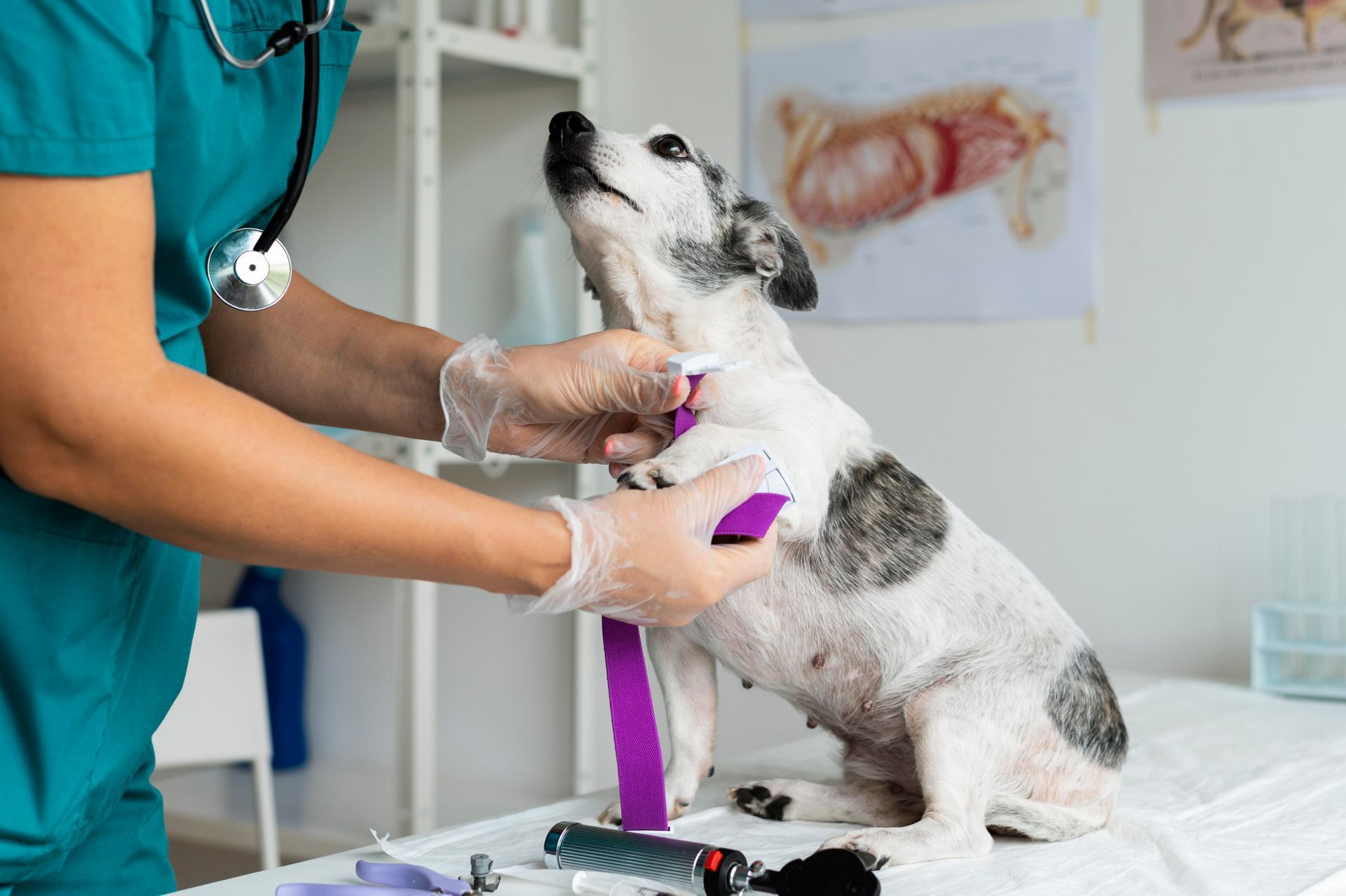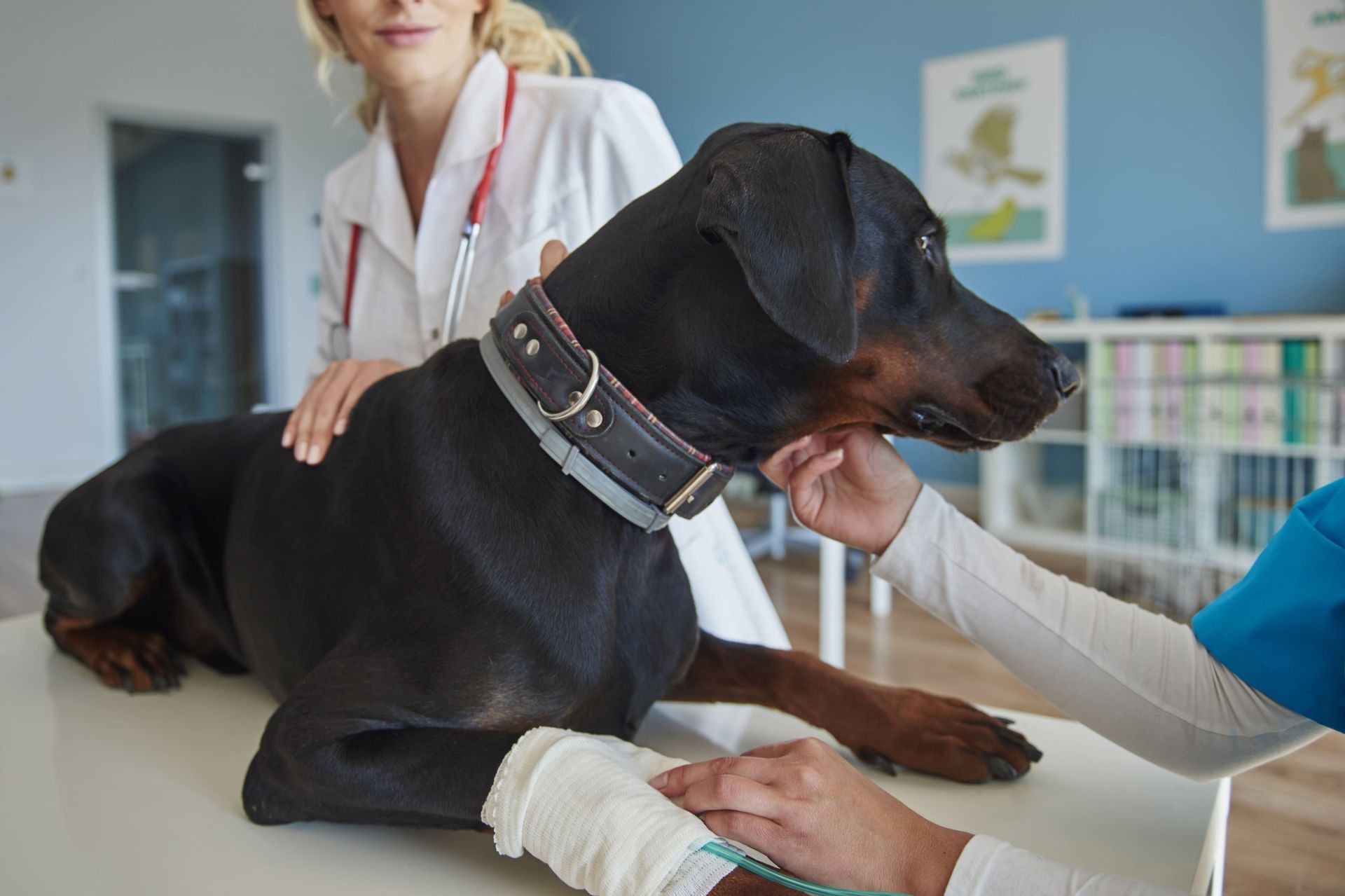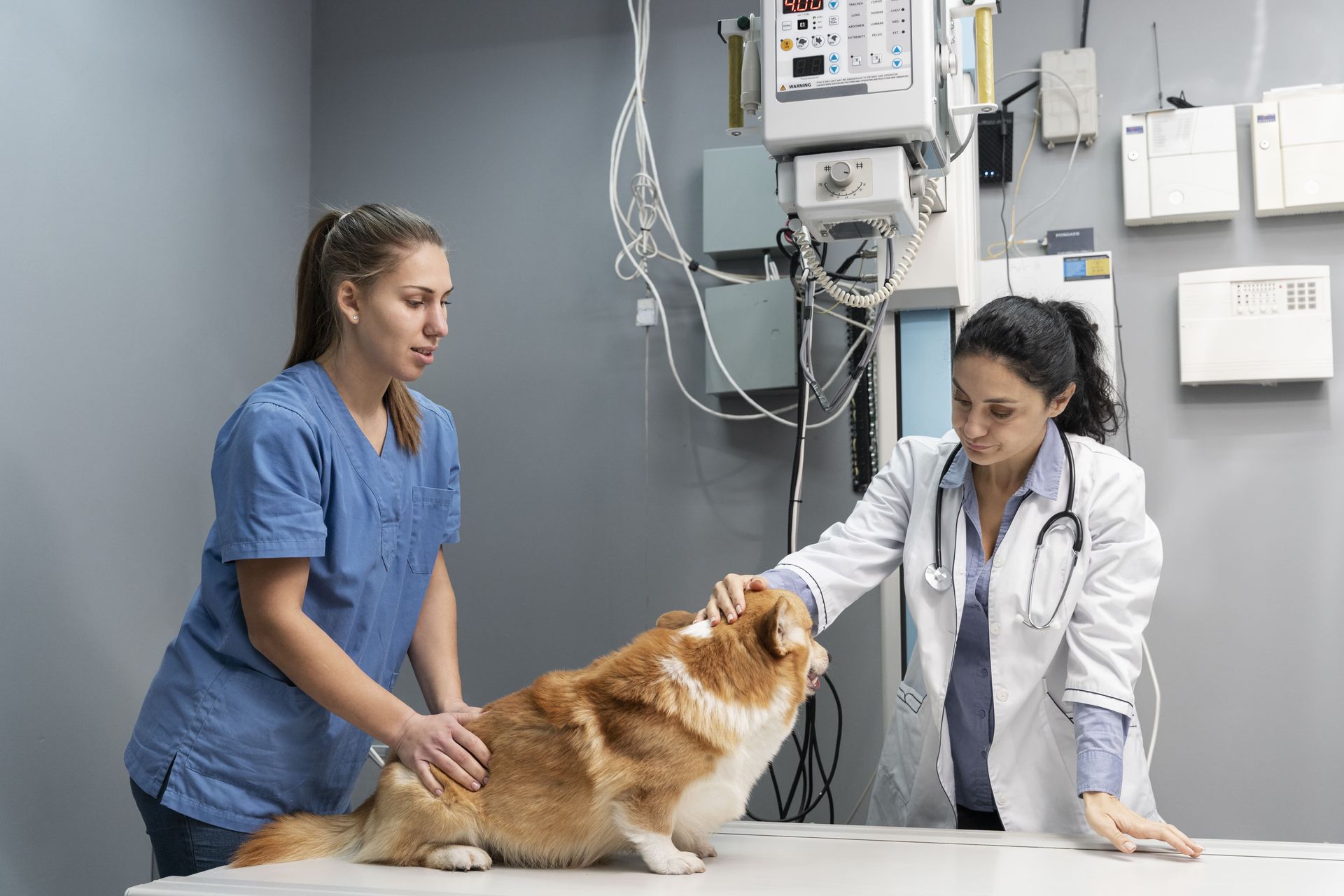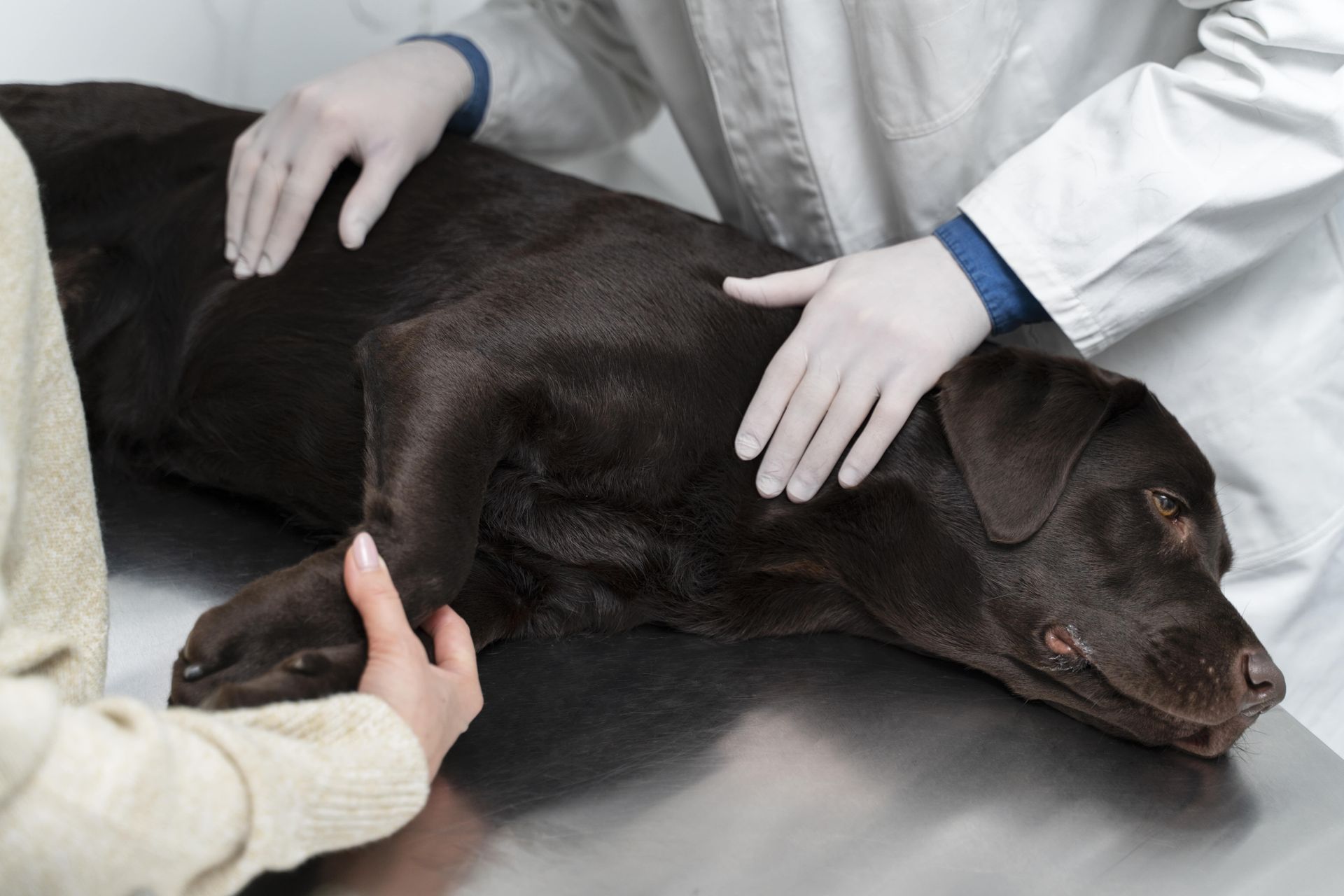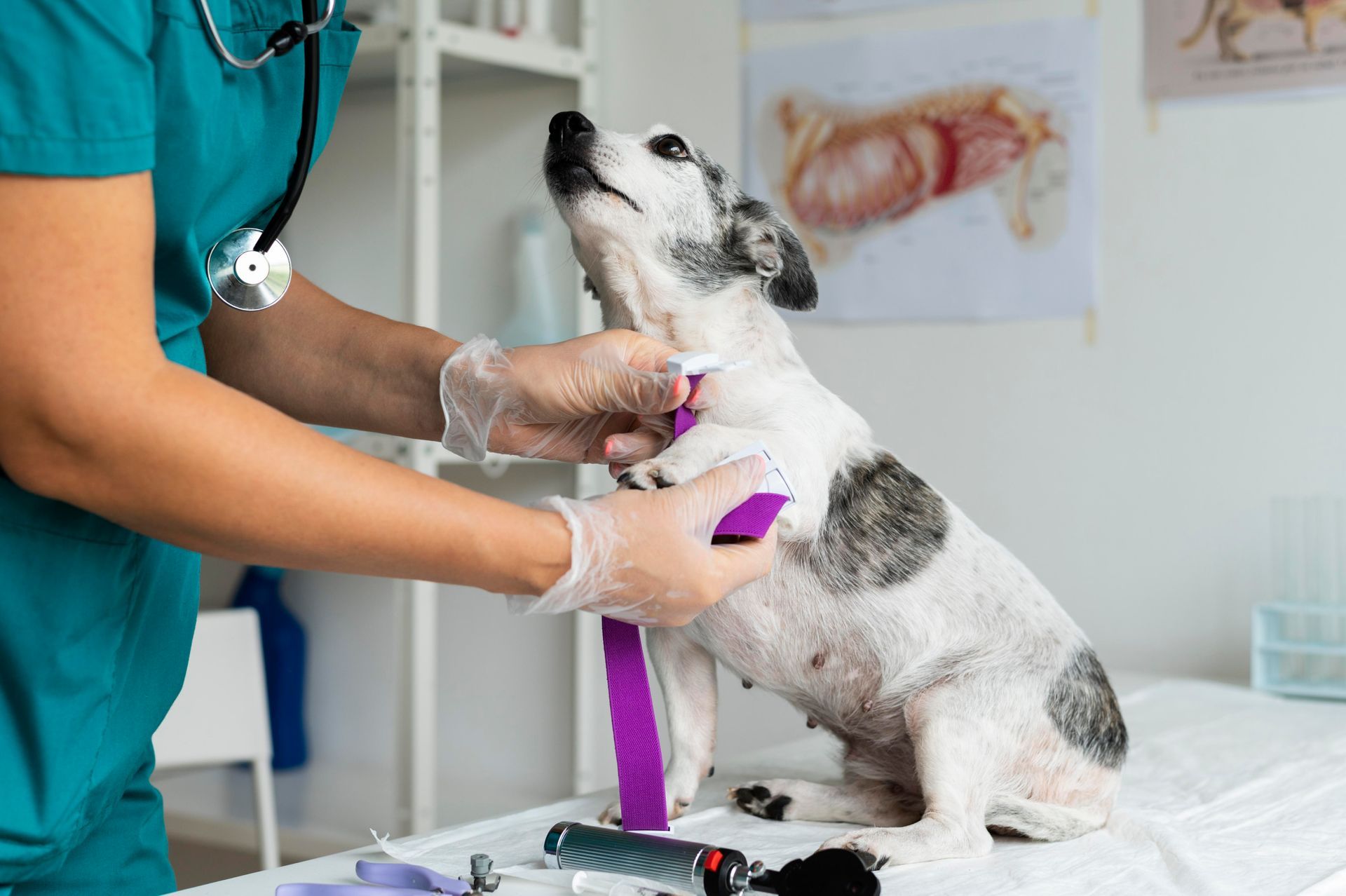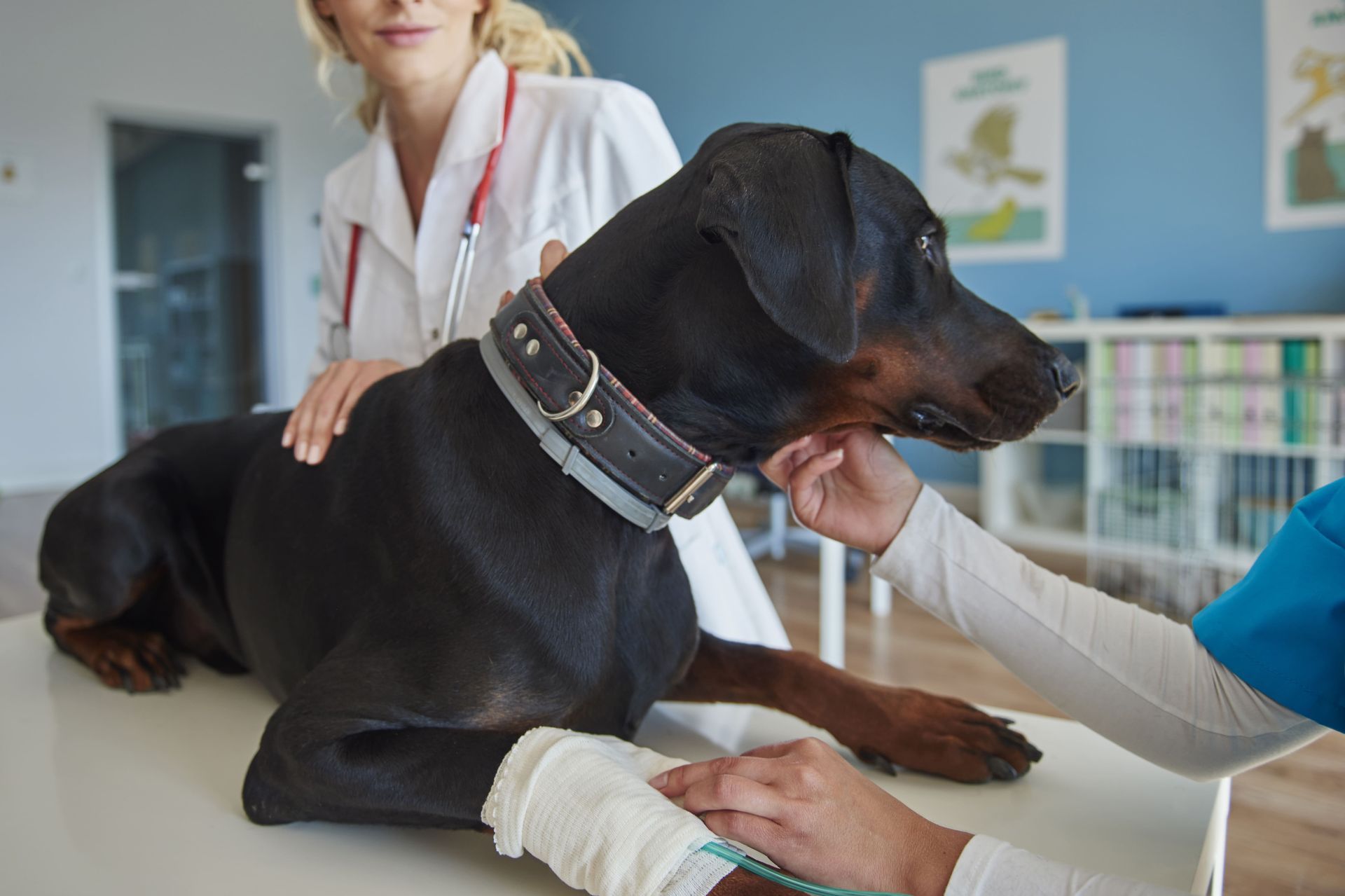Contact Info
133 Lincoln Avenue, Fair Lawn, New Jersey 07410, US
973-427-0990
133 Lincoln Ave, Fair Lawn, NJ 07410
Call Us Now: (973) 427-0990
133 Lincoln Ave, Fair Lawn, NJ 07410
Call Us Now: 973-427-0990
As pet owners, we cherish our furry companions and want them to be healthy and happy. However, sometimes it can be challenging to determine when our pets need immediate medical attention. In this blog, we'll explore the signs and symptoms that indicate your pet may need to visit an emergency vet. By understanding these critical cues, you can ensure your pet receives the care they need promptly.
Recognizing Common Signs of Distress in Pets
Pets can't always communicate their discomfort in ways we easily un derstand, but they do exhibit signs of distress. Look out for symptoms such as excessive vomiting, difficulty breathing, sudden lethargy, or changes in appetite and elimination habits. These are among the most common reasons to rush to an emergency vet.
One of the more common signals of distress is a noticeable change in your pet's behavior. If your usually energetic dog suddenly becomes lethargic or your cat hides more than usual, these could be indicators of underlying issues. Similarly, unexpected weight loss or gain can be a signal that something is amiss. Pay attention to these behaviors; they are often your first clues.
Unexplained injuries or swelling in pets should never be ignored. These could be a result of trauma, insect bites, or infections. If you notice any swelling, especially around the face or limbs, it’s crucial to monitor these changes closely. Swelling can escalate quickly and may interfere with your pet's ability to move, eat, or breathe. In such cases, it’s best not to wait—reach out to an emergency vet without delay.
When to Consider It an Emergency
While some symptoms may resolve on their own, certain situations require immediate attention. Learn how to identify emergencies, such as severe bleeding, poisoning, or traumatic injuries, that necessitate a visit to an emergency vet.
Time is of the essence when addressing emergencies like choking, repeated vomiting, or suspected poisoning. Immediate intervention can be lifesaving. Should your pet ingest harmful substances, such as chocolate or certain household plants, it’s vital to act swiftly. Some poisons can work rapidly, making quick response essential to mitigate damage.
Bleeding that doesn’t stop after a few minutes or bones protruding through the skin are clear indicators that your pet needs urgent care. In cases of severe trauma, keeping your pet calm and protecting any noticeable wounds before heading to the emergency vet can help stabilize them temporarily. Remember, these situations could escalate quickly without professional intervention.
A good rule of thumb? If you’re unsure, act. It’s always safer to have your pet evaluated at an emergency vet than to risk waiting too long.
Preparing for a Visit to the Emergency Vet
Knowing what to expect can make an emergency vet visit less stressful. Make sure you have important pet information and medical records handy, and be ready to provide a clear description of the symptoms and events leading up to the emergency.
Before leaving for the vet, call ahead if possible to let them know you’re coming and the nature of the emergency. This can help the clinic prepare for your arrival and provide you with any urgent instructions that may aid in stabilizing your pet.
In high-stress situations, it’s easy to forget essentials. Keep a checklist of necessary items for emergency visits, including your pet’s identification, a summary of medical history, and contact information for any current medications. These details can expedite treatment and ensure that your emergency vet is fully informed.
The Role of a Pet Emergency First-Aid Kit
Having a pet-specific first-aid kit can be lifesaving. Discover essential supplies and tools you should keep on hand to manage minor injuries and stabilize your pet until you can reach professional care.
Compile a kit that includes bandages, a digital thermometer, antiseptic wipes, and tweezers. Each item serves a special purpose, such as stopping bleeding or removing foreign objects. A well-equipped first-aid kit can help in many situations, potentially preventing them from becoming severe, and could even be recommended by your emergency vet.
In addition to supplies, familiarize yourself with basic first-aid procedures. Knowing how to perform CPR on a pet or treat minor cuts can offer peace of mind and is an invaluable skill. Having a quick reference guide, like a printed first-aid manual, can be a helpful addition to your kit.
Regularly check the expiration dates of the items in your first-aid kit, especially medications and ointments. This ensures that in an emergency, all your resources are ready to use and in optimal condition to provide the necessary aid to your pet—before you reach an emergency vet.
Being Prepared for Pet Emergencies
Recognizing the signs that your pet needs emergency vet care can be daunting, but being prepared can make a significant difference in your pet's well-being. By staying informed and keeping a close watch on your pet's behavior and health, you can ensure they receive timely medical attention when necessary.
Make it a habit to research the closest emergency vet clinics in your area and keep their contact numbers handy. You never know when you might need them.
Remember, when in doubt, it's always best to err on the side of caution and consult with your veterinarian. For more detailed advice and assistance, don’t hesitate to visit our main site or contact your local emergency vet directly.
FAQs
Q-1. What are the most common reasons pets need an emergency vet?
Ans: Common emergencies include poisoning, severe bleeding, difficulty breathing, trauma, choking, and seizures. Any sudden behavioral change or physical distress can warrant a trip to an emergency vet.
Q-2. How do I know if my pet’s condition is life-threatening?
Ans: If your pet is unconscious, having trouble breathing, has sustained a serious injury, or has persistent vomiting or diarrhea, consider it life-threatening and head to an emergency vet immediately.
Q-3. What should I bring to an emergency vet visit?
Ans: Bring your pet’s ID, recent medical records, a list of medications, and a calm demeanor. Calling ahead to the emergency vet can also help them prepare in advance.
Q-4. Should I try home remedies before visiting an emergency vet?
Ans: Avoid experimenting with home remedies in serious situations. While basic first aid may help stabilize the pet, always prioritize getting to an emergency vet for expert care.

The Lincoln Avenue Cat & Dog Hospital was founded in 1984, quickly emerging as a regional leader in treating felines exclusively.
Quick Links
Contact Info
133 Lincoln Avenue, Fair Lawn, New Jersey 07410, US
973-427-0990

Quick Links
Contact Info
133 Lincoln Avenue, Fair Lawn, New Jersey 07410, US
(973) 427-0990
Fax: (973) 427-0990
© 2025
All Rights Reserved | Lincoln Ave Cat & Dog Hospital
New Paragraph
PAYMENT POLICY
Please note that there is a 3.5% processing fee applied to all credit card payments. If you wish to not incur this fee we will accept a debit card or cash. We apologize for any inconvenience.
